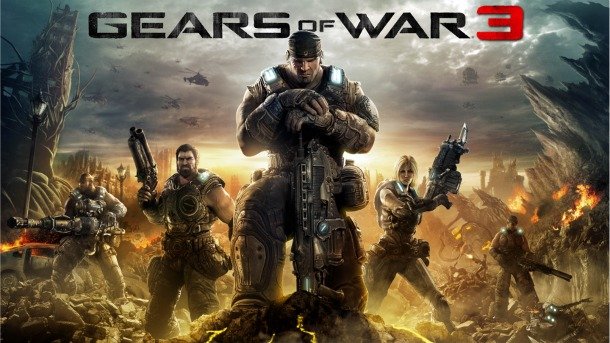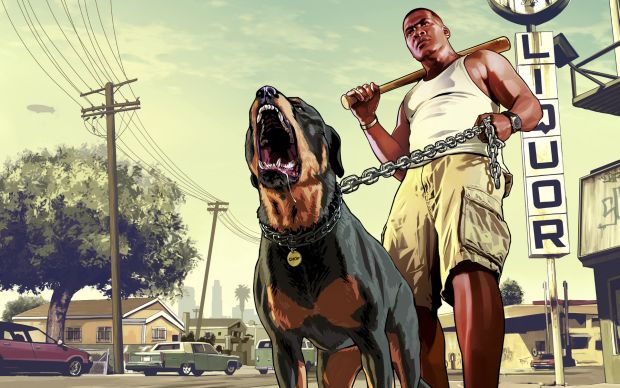
Make no mistake, EPIC Games’ conclusion to the hugely popular “Gears of War” trilogy plays magnificently well, in the same way that Cheetos taste great and Facebook birthday wishes make one feel loved—good, but in a hollow sort of way.
And “Gears of War 3” really is good: EPIC games has preserved the golden formula of cover-based combat that (according to USA Today) sold 13 million copies of the first two installments combined and inspired over 1.3 million pre-order sales of “Gears 3” before it was released on Tuesday, Sept. 24.
In fact, I might as well call it “high octane,” “action-packed” and a “rip-rollicking rollercoaster,” because “Gears” seems as obsessed with cliché as it is with gore—more on that later.
Players reunite with the ever-angry John Travolta lookalike and soul patch poster child Marcus Fenix, as before accompanied by his boulder-biceped brothers (and sisters, new to “Gears 3”) in their ongoing campaign to defend humanity from the cave-dwelling Locust and their irradiated counterparts, the Lambent. The war is brutal and unpredictable, making for involved firefights of give-and-take strategy, breakneck races, and monstrous boss battles.
But a discussion of what “Gears” gets right is a little redundant, because what makes “Gears” great is what made it great in 2006—the exhilarating, balanced multiplayer, for example. Worth discussing is what happened in the interim to cheapen the experience, because in spite of itself, “Gears 3” disappoints.
The story has an “Avatar” brand of shallowness to it: visually stunning, technically impressive and extravagantly dramatic as it is, one often feels that “Gears” is merely going through the motions, that plotlines were solely intended to escort players from one bloody skirmish (wow, so much blood) to the next.
Granted, a thin plot is forgivable in a point-and-shoot game like “Gears”—or at least it might have been, had EPIC not felt so satisfied with the success of the franchise that they over-indulged in sappy cutscenes, endless inside jokes from earlier episodes, and strained, over-the-top dialogue to make even the most camp-hardened action junkie wince.
Really though, the dialogue is very, very bad: “I’m not much of a conversationalist,” Marcus admits early on, and we’ll just stop him there. The Gears rattle off clichés as enthusiastically as they apply their chainsaws to mutant ribcages, with results just as gruesome.
These goofy one-liners take the edge off the action, changing “Gears” from the dystopian “Saving Private Ryan” it could have been into a hackneyed “Rambo III,” which is fine, but “Gears” doesn’t seem at all aware of how corny it comes across—honestly EPIC, even Duke Nukem is sort of ironic about being such a meathead.
Still, none of these complaints fully explain that bad taste in my mouth, and it might be something less material.
“Gears 3” seems to be exactly what people who won’t approve of video games think all video games are: needlessly violent, absurdly macho and marketed to angsty, angry 12-year-olds.
The game’s rave reviews are troubling because they give the impression that gamers really are the kind of aggressive people they are too often painted as.
I would rather attribute its high scores (an average of 9.1 from 30 gaming websites and a ridiculous 10 out of 10 from Official Xbox Magazine) to an admiration of its technical successes or even to the decidedly shady connections between reviewers and big-time developers than to the character of the gaming masses.
To be fair, every medium has its tales of explosions and pissed off dudes with guns, so maybe I’m being too hard on “Gears”—it’s just that EPIC is giving ammunition to those who would have you believe that blood is all that gaming has to offer.
Polished and streamlined as it is, “Gears 3” is still a narrow-minded shooter tailored to a demographic that I can’t say I’m sorry to have outgrown—in the game’s own trite language, I’m too old for this s***.
PHOTO COURTESY/WIKIMEDIA



